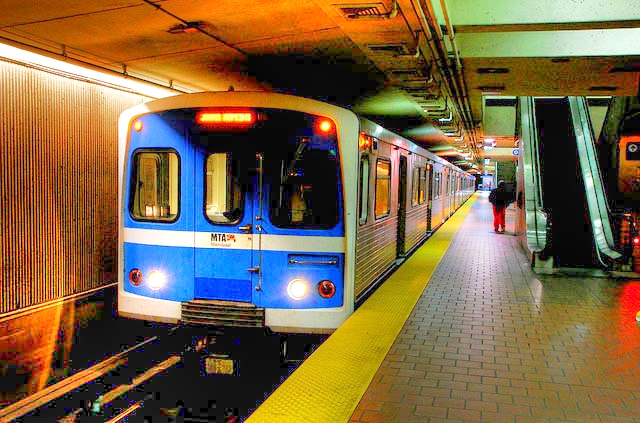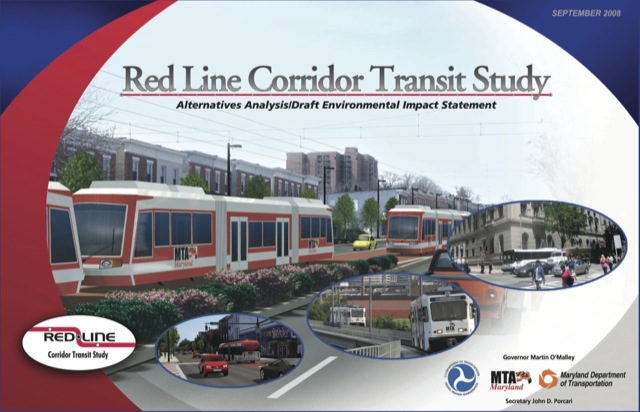The Guardian reports that a movement has begun in Baltimore to shut down the city’s light-rail lines because of the crime they spread. The liberal Guardian makes this out to be a racial issue, but actually it is just a safety issue.
Architect Oscar Newman discovered several decades ago that some designs are criminogenic, meaning they attract crime, while other designs deter crime. While criminals are more likely to be poor, Newman showed that poor people of all races were much less likely to engage in or be victimized by crime if they lived in areas that were non-criminogenic.
Newman had noted that poor people living in some neighborhoods suffered from lots of crime while the same class of people living in other neighborhoods experienced almost no crime. To find out why, Newman compared design features with crime reports on thousands of city blocks. His work was successfully replicated on a much larger scale by later researchers. Continue reading









